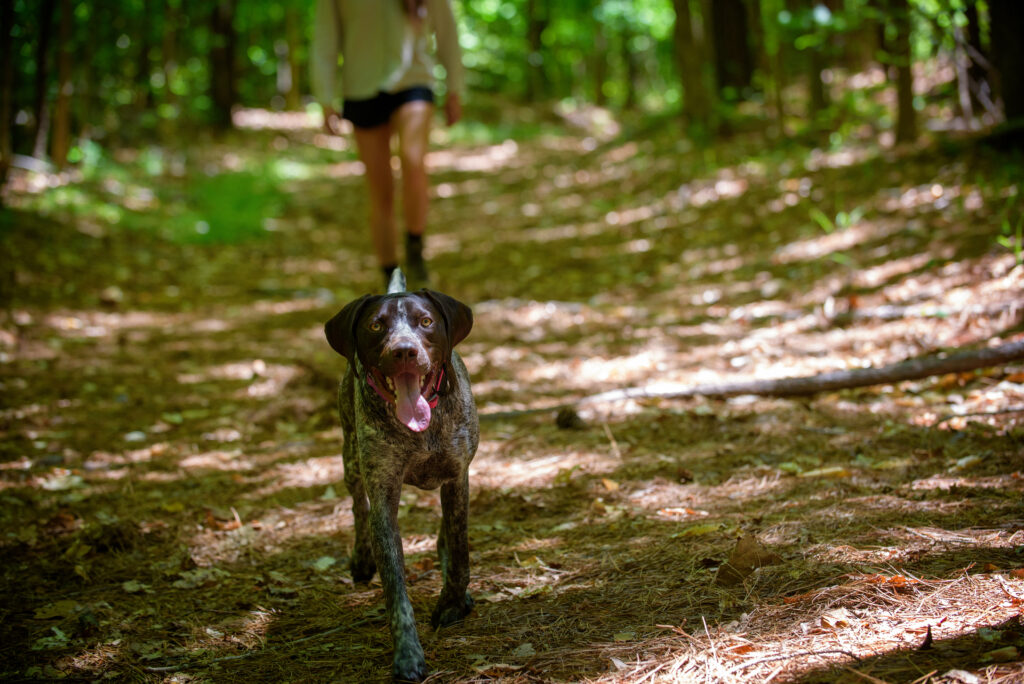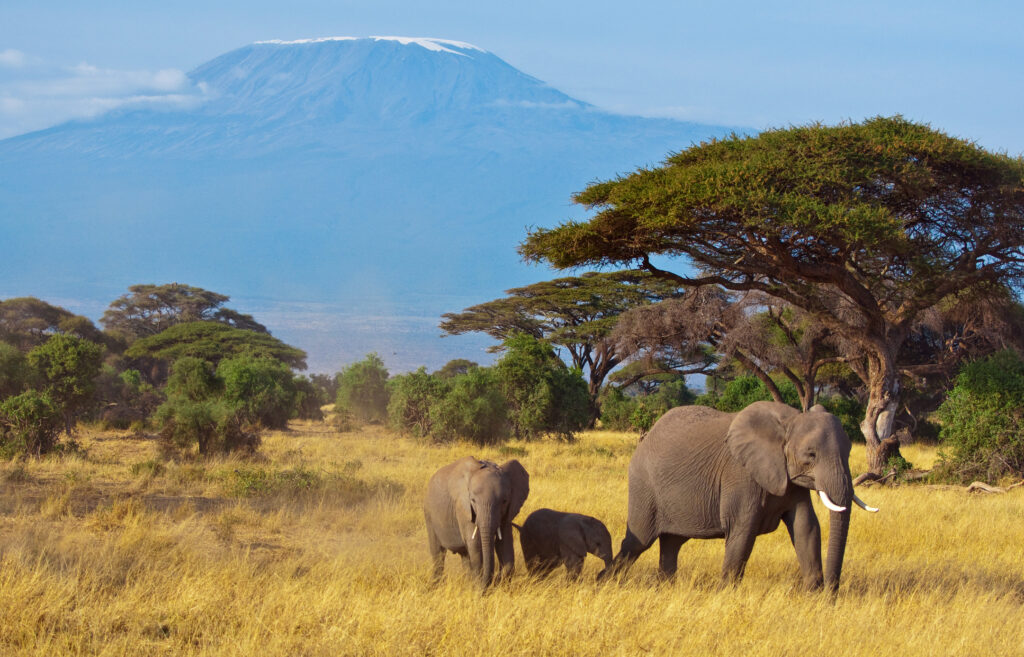Over the past few decades, the global movement to encourage sustainability and conservation of our planet, its resources, and the creatures that inhabit it, has gathered significant momentum.
In the United States, conservation is a cause that has broad support across gender, age, regional and political divides. A 2012 poll even found that over 80% of American voters believe that conservation of the nation’s natural resources should be viewed as patriotic.
As awareness of the importance of conservation continues to grow within the general public, the demand for societal change increases, too. Scientists and researchers are constantly finding new tools to use in the ongoing fight to help protect the world’s natural resources and creatures. These tools can be deployed to help gain a better understanding of how our world is changing – and what we can do to protect it.
Within the wide array of tools that can be used in the field of conservation, the usage of dogs has become increasingly commonplace in recent years. Whilst we have known for some time that dogs can help to detect all manner of substances – explosives, narcotics and bed bugs, to use just three examples – they are increasingly being deployed by conservation teams across the globe.
In this article, we’re going to look at the history of conservation detection dogs; the benefits of using dogs in conservation efforts; and examples of precisely how these dogs can be utilized.
Firstly, what is a conservation detection dog?
A conservation detection dog is a canine that has been trained to identify a particular odor with the aim of helping to preserve the natural environment. Typically, these dogs are trained in a similar way to other detection dogs, following a training process which eventually ensures the dog will perform a clear and obvious indication upon discovering the target odor.
As with most detection dogs, drive, temperament and focus are of paramount importance. Given the nature of their work, conservation detection dogs often perform in outdoor environments, and this can bring in a few variables when it comes to puppy selection and the overall training process.
Depending on the type of conservation detection, the dog may need to navigate treacherous terrain, cover large distances, or endure difficult weather conditions. For these reasons, the breed selected for the work should be fit, agile, have the stamina for the job, and be appropriate for the climate it will be working in. For example, if the conservation detection dog will be working in a mountainous area which experiences frequent snowy weather and freezing temperatures, it would be more appropriate to choose a double-coated breed which has evolved to withstand harsh, wintry conditions.

A brief history of conservation detection dogs
Using detection dogs to learn about the species living on our planet had been mentioned sporadically in the mid-twentieth century, but the first noted review of conservation detection dogs was produced by F.C. Zwickel in 1969 – Use of dogs in wildlife management.
Zwickel proposed the following tasks for wildlife detection dogs:
- Locating wildlife
- Collecting wildlife
- Studying wildlife behavior
- Protecting property from wildlife
- Facilitating the proper harvest of species.
In 1980, Zwickel updated this to include a sixth task – live capturing of wildlife. These remain as the guiding principles for conservation detection dogs today.
Since the turn of the century, a number of new research papers and studies have emerged which study the efficacy and work of conservation detection dogs. A 2021 review by the British Ecological Society summarized over 1,000 publications on wildlife/conservation detection dogs, analyzing the breeds used, the geographical regions in which they are deployed, and their overall performance compared to other methods.
Above: Listen to Season 2, Episode 3 of the podcast, A Life of Dogs, titled A Climate For Change. This episode focuses on the conservation work of three teams around the world, all of whom utilize dogs as part of their efforts.
What are the benefits of using conservation detection dogs?
There are three major benefits for using a dog for conservation efforts, as opposed to relying solely on humans or other techniques:
- Accuracy – When it comes to identifying specific odors, dogs have unparalleled capability. Their olfactory system is how they explore the world. Canines possess up to 300 million olfactory receptors; in contrast, humans only have five or six million. This powerful nose allows the dog to identify even the faintest scent of odor, even if it is hidden, buried or difficult to locate. Dogs also have the ability to generalize odors in a way that mechanical devices are unable to.
- Distance & Terrain – Conservation work often takes place across vast distances. As natural athletes, a dog chosen for conservation work is able to cover these distances far more easily than a human would ever be able to. They are also able to work in difficult terrain that may be impossible for humans to navigate, such as in densely wooded areas or confined spaces.
- Affordability – It is far more cost-effective to use a dog for conservation work, as opposed to humans or mechanical equipment. Aside from the initial investment in training the conservation detection dog, and ongoing costs for veterinary and medical bills, it is simply far cheaper to use a dog than to employ a team of humans.
Use cases for conservation detection dogs
Conservation detection dogs can be used in a variety of cases, but common uses are:
- Preserving existing or rare species – To learn more about the behavior and habitat of existing species who may be declining in population, a conservation detection dog can be deployed by researchers to monitor population levels and trends.
- Combating invasive species – Invasive species can be particularly dangerous. By utilizing the conservation detection dog, it is possible to identify and eradicate these biosecurity hazards.
- Tackling crime – Conservation detection dogs can be used in anti-poaching or anti-trafficking efforts. For example, in parts of Africa where elephants are frequently targeted for ivory or rhinos for their horns, conservation detection dogs can be used to detect weapons, gunpowder or ammunition.

In conclusion
Sadly, conservation efforts face numerous threats. Climate change, deforestation and increased pollution will not only have severe, long-term consequences for humans, but they will also undoubtedly have negative effects on many of the other species who call this planet their home.
Yet despite these threats, we have reasons to be optimistic – and one major reason is the tireless work of conservation detection dog teams. Every day, in different parts of the world, these dogs – along with talented and committed researchers and scientists – are helping us to understand how our planet is changing, and what we can do to preserve and protect it.
At Highland Canine Training, LLC, we are proud to have trained conservation detection dogs (did you know we trained the first Alpine bumblebee detection dog in the Western hemisphere?), and we will endeavor to continue playing our part in the larger, global effort to protect our planet – and the creatures, great and small, who inhabit it.


You must be logged in to post a comment.